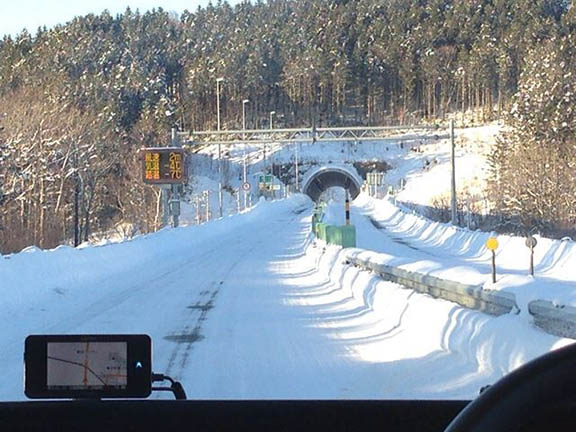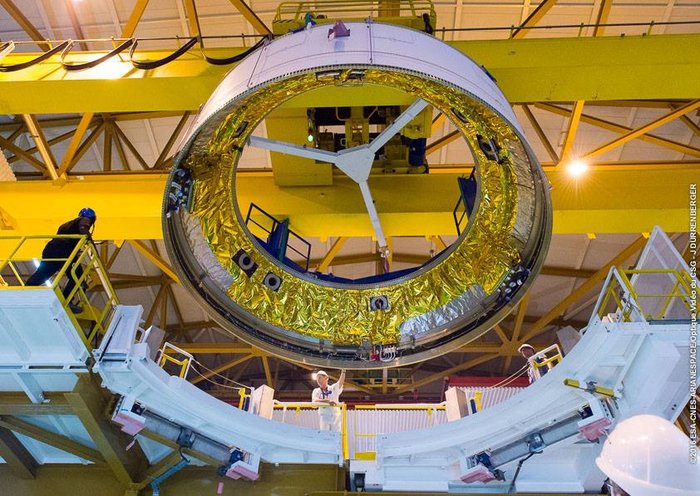The 2022 edition of the Munich Satellite Navigation Summit drew speakers (virtually) from around the world, providing a broad overview of the latest developments in the field of GNSS. A highlight was the out-of-this-world session on PNT for lunar navigation, featuring long-time collaborators ESA and NASA.
“We are going back to the moon,” said Javier Ventura-Traveset, Head of the European Space Agency’s Navigation Science Office, “but this time we are going there to stay.” Ventura is also ESA’s Lunar PNT Coordinator, and this year he had a lot to talk about. In the context of the new race to the Moon, with the number of planned missions growing, accurate and reliable navigation services are going to be extremely valuable and visible.
“This is about making a fundamental change,” Ventura said. “We have more than a hundred moon missions identified, between now and the end of this decade. Probably not all of the them will materialize, but certainly a large number of them will, and all of them will require communication and navigation.”
If we don’t do something about it, Ventura said, each of these missions will have to come up with its own communication and navigation solutions. “This is not efficient. We want to create, together with our partners, a dedicated lunar communications and navigation infrastructure, and this can be an opportunity to ignite a large number of services, to contribute to a sustainable Moon economy.”
From the Earth to the Moon
To achieve this broad vision, ESA is implementing two projects, Lunar Pathfinder and Moonlight. The Agency’s Roadmap for Lunar Navigation Services sees the endeavor advancing in three phases. Phase 1 embodies a very pragmatic approach. “From 2023 to 2027,” Ventura said, “we will use Earth-based GNSS systems. In 2025, we will have a first demonstration with our Lunar Pathfinder, with a high-sensitivity GNSS receiver. We believe these technologies may already be sufficient for the provision of Earth-to-Moon transfer, navigation and timing, and also for high lunar orbit.”
Phase 2, starting around 2027, will involve a GNSS-like service from the Moon (LNSS?). “We are intending to have our own satellites around the Moon,” Ventura said, “providing GNSS-like service, very similar to the approach on the Earth.” This will enable lunar landing and surface navigation. The initial service is likely to focus on the lunar South Pole, where a large number of missions are set to launch in the near future.
Phase 3 will come in incrementally, said Ventura, “allowing us to get to a full lunar PNT, with full coverage, high availability and accuracy, just like it happened on the Earth. Later, we think this could also include safety-related applications, for example integrity, complimented not only by GNSS satellites in orbit but also Moon surface beacons, local differential augmentation, local reference stations.
“Pathfinder is really a communications satellite that will also have a demonstrator GNSS receiver,” Ventura explained. “We will show that we can determine the orbits of those satellites precisely, and navigate in lunar orbit. Obviously, the challenge is how to get those Earth-based, low-power, GNSS signals. First of all, they are coming from very far away; we are talking about 380,000 km or more, and mostly they are coming from the side lobes [signals emitted sideways from GPS antennas].”
Complex challenge
Another difficulty is particularly unfavourable geometry, with all the signals coming from a small region of the sky, resulting in high ‘dilution of precision’ (DOP). “This is a challenge and it requires special technology, so we are using high-gain antennas and a multi-constellation receiver.”
Under the Moonlight project, Ventura said, “with service launching as early as 2027, we will change completely the way we do navigation on the Moon. We will have flexible landing sites, the possibility to land overnight, on the shadow part of the moon, and we will be able to land with high accuracy. This can be quite superior to existing systems, and with much simpler onboard navigation sensors. We think we can reduce a lot the complexity of landing, while mitigating risks. These operations will become highly autonomous and certainly lower in cost.” ESA intends to issue the invitation to tender for full Moonlight implementation in September 2022. “This is not science fiction,” Ventura said. “We are really doing this. It’s a change of paradigm.”
As it happens, NASA is developing its own lunar communications and navigation network. Now in its early phases, LunaNet will place a network of satellites around the moon to support Artemis and other lunar missions. The American and European systems will provide redundancy, as do GPS and Galileo on Earth, with interoperability a stated priority for both sides. Joining Ventura online to discuss the US project was NASA’s Cheryl Gramling, Associate Chief for Technology at Goddard’s Mission Engineering and Systems Analysis Division and Lunar PNT lead.
NASA responds
“The objective, from NASA’s point of view,” said Gramling, “is to develop a sustained human and robotic presence on the Moon, all in preparation for the next step, which is Mars. Some of the areas of interest on and orbiting the Moon are very diverse, and many of them will not have access to Earth for traditional terrestrial-based navigation, for example some of the missions at or around the South Pole or on the far side of the Moon, so a new paradigm is really needed.”
Fundamental to any PNT system is a common and accurate understanding of the central body reference frame. The reference frame on Earth, Gramling explained, is made up of many elements. “We have the gravitational potential model, the ephemeris and inertial space, the orientation of the axes, and then associated cartographic products, like elevation maps. We then have to translate all of this to the lunar environment, document what we know about the Moon reference frame and the expectations of time, as influenced by the lunar gravitational potential. These will be the first things of the interoperability standards that will serve as the foundational elements for lunar PNT. Then we’ll be ready to deploy a system that will provide in situ navigation for our lunar missions.”
LunaNet will be a set of lunar orbiters, providing relays, communications and PNT services, along with detection, alerts and science services, to everyone within the lunar regime. “It’s a framework,” Gramling said. “It’s an architecture. It doesn’t describe specific orbits, it doesn’t describe who the providers really need to be. It’s based on standards and interoperability. “Users will navigate relative to the Moon,” said Gramling, “as opposed to what we’re used to, which is navigating relative to Earth.”
All-in-one system
“The primary crux of LunaNet as that the PNT and the communication systems are both on the same chassis. We’ve defined a concept of a reference signal wherein we take advantage of a properly structured communication signal to actually enable a user to obtain the metric tracking observables, like pseudorange, Doppler and time transfer.”
The lunar environment presents many challenges, Gramling said: “We have highly dynamic scenarios, between low lunar orbiters and pre-descent and landing, and ascents. We have ambulation on the surface, between humans and rovers, and we have areas that are operating without line-of-sight to the Earth. Light conditions are a struggle; there are variable and very stark transitions between the light and dark, so imaging isn’t always available. Those challenges really do compel people in the lunar environment towards using autonomous systems. And for the astronauts that rely on LunaNet for communications and for PNT, they might be able to avoid having to carry two different radios, one for their comm service and one for the PNT, because we’re looking at the fully unified service, and the interoperability is what really we’re looking forward to, to facilitate a broad user base and a broad provider base.”






